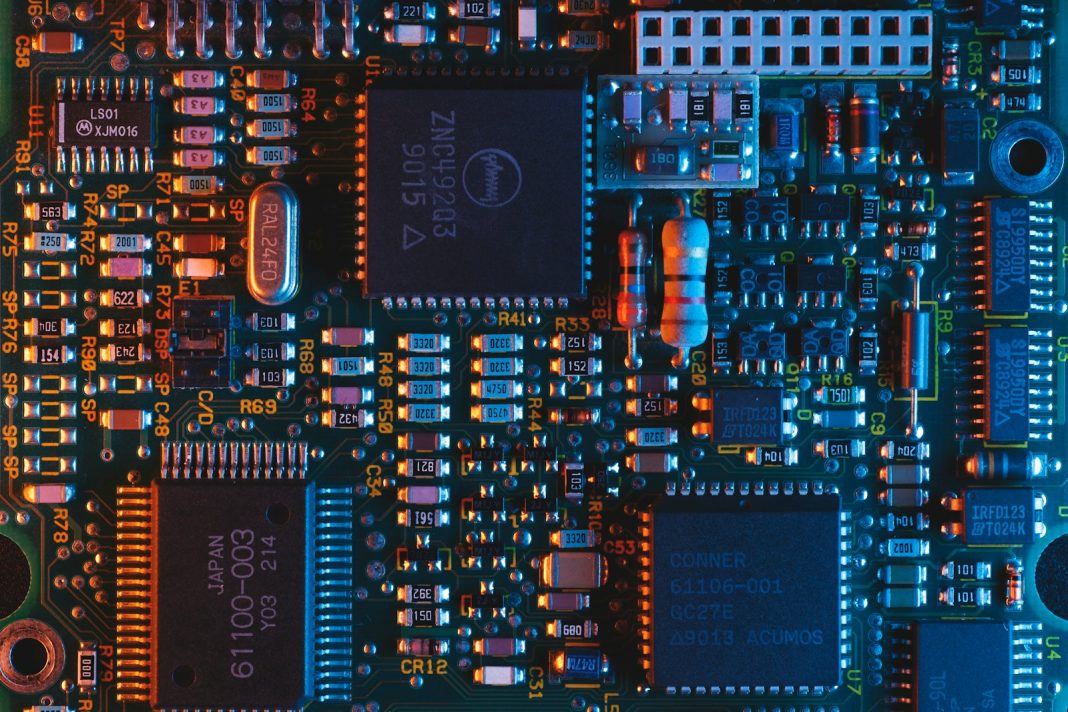While finding out details about your GPU or CPU might be straightforward, discovering your motherboard model can be a bit more complex. Fortunately, we’ve compiled a list of methods to check your motherboard model on Windows, which should only take a few minutes.
Check with System Information
The most straightforward method to check your motherboard model is by using the System Information tool available in Windows. This process is quick and easy, taking just a minute of your time.
Step 1: Access System Information
There are several ways to access System Information:
- Windows Search Bar: Type “System Information” into the search bar and select the result.
- Control Panel: Navigate to Control Panel > System and Security > Windows Tools > System Information.
- Run Dialog: Press the Windows key + R, type “msinfo32”, and click OK.
All these methods will take you to the same place: the System Information window.
Step 2: Locate Motherboard Information
In the System Information window, look for entries labelled “Baseboard Manufacturer” and “Baseboard Product.” The Manufacturer entry will tell you who made your motherboard, while the Product entry will reveal the exact model. This should provide you with all the necessary information about your motherboard.
Check with Third-Party Software
If you prefer not to navigate through various settings, you can use third-party software to identify your motherboard model. Popular options include HWiNFO and CPU-Z. These tools can also help monitor your system’s performance and temperatures.
Step 1: Download and Install Software
Choose either HWiNFO or CPU-Z and download the software. Both are free and widely trusted. For this example, we’ll use HWiNFO. You can choose between a portable version (which doesn’t require installation) and a standard installer.
Step 2: Run the Software
Launch HWiNFO, and you will see a comprehensive overview of your system’s hardware. Focus on the “Motherboard” section, which will display information about the manufacturer, model, and chipset. The detailed data provided by these tools can be useful for various other tasks as well.
Check with Command Prompt
For those comfortable with command-line tools, the Command Prompt offers a quick way to check your motherboard model.
Step 1: Open Command Prompt
Type “Command Prompt” into the Windows search bar, right-click the result, and select “Run as administrator.”
Step 2: Execute the Command
In the Command Prompt window, type the appropriate command to retrieve your motherboard information. Windows will then display the manufacturer and model details.
Check with PowerShell
Alternatively, you can use Windows PowerShell to obtain your motherboard details.
Step 1: Open PowerShell
Type “PowerShell” into the Windows search bar, right-click the result, and select “Run as administrator.”
Step 2: Run the Command
In the PowerShell window, enter the command to fetch motherboard information. This will provide you with the necessary details about the manufacturer and model.
Other Methods
If the above methods do not work, there are additional ways to find out your motherboard model.
Check the Box and Order History
If you built your PC or bought it prebuilt, the motherboard information might be available on the box or in your order history. Check your purchase receipts or online order records. For prebuilt PCs, knowing the exact model of your computer can help you find the motherboard specs online.
Open the Case
As a last resort, you can physically inspect your motherboard by opening your PC case. This method is suitable for desktop users, but be cautious as opening the case might void your warranty, especially for prebuilt systems. If your case has a transparent side panel, you might be able to see the motherboard model without opening it. Otherwise, power off your PC, ground yourself, and carefully remove the side panel to inspect the motherboard directly.
Knowing your motherboard model is crucial for maintaining and upgrading your PC. Whether you use the built-in System Information tool, third-party software, Command Prompt, or PowerShell, identifying your motherboard should now be a straightforward task. Armed with this knowledge, you can ensure compatibility and make informed decisions about your hardware.
In summary, with these easy methods, you can quickly uncover your motherboard model and take control of your PC’s hardware management with confidence.


